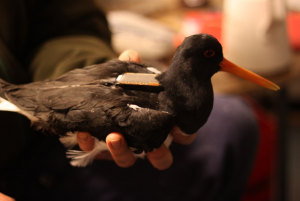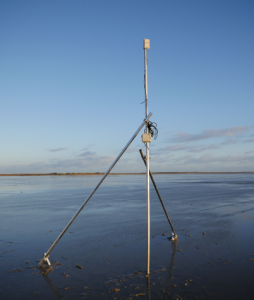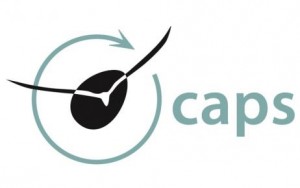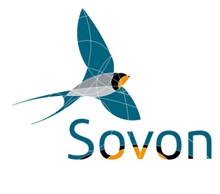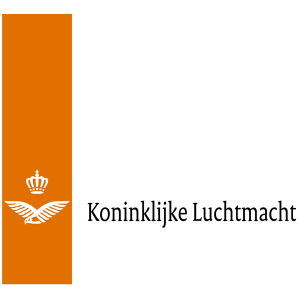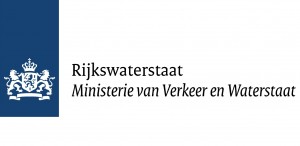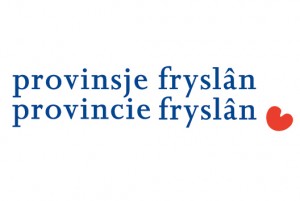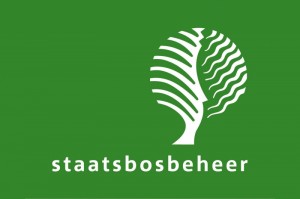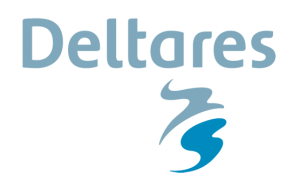Quantifying the effects of disturbance for wintering oystercatchers at the Vliehors (CHIRP)
Species: Oystercatcher
Oystercatcher (Haematopus ostralegus) populations in the Netherlands have dramatically declined during the last decades. CHIRP (Cumulative Human Impact on biRd Population) aims to determine which pressures in breeding and wintering areas cause the observed negative population trend. In winter, the Wadden Sea harbours large numbers of oystercatchers. Despite the vast amounts of shellfish available on the mudflats, oystercatchers encounter multiple difficulties in their wintering areas. For example, food stocks become more limited by fishery and the increase of the pacific oyster. Furthermore, the Wadden Sea area is used for many different recreational purposes, causing disturbance of waders from the land, water and air. Walkers, cyclists, boats and airplanes are a few examples of disturbance sources present in the Wadden Sea. Disturbance might have direct energy costs for oystercatchers if the birds need to take flight or indirect costs if the foraging efficiency decreases due to a more alert state of the bird. Ultimately, this might affect body condition and survival of wintering oystercatchers.
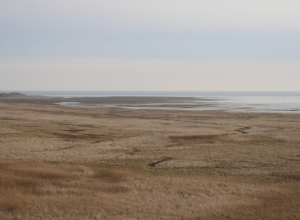
Saltmarsh on the Vliehors which is frequently used as high tide roost (Picture by Henk-Jan van der Kolk)
The Vliehors is a large sandflat located at the western half of the Wadden Island Vlieland. The sandbanks serve as high tide roosts for large numbers of waders that forage on the tidal mudflats south of Vlieland. However, the area is owned by the military airforce and in use as training ground for helicopters and jet fighters which practice by shooting and throwing bombs at specific targets. During this research, we aim to study how disturbances like military air force planes affect the behaviour and time budgets of oystercatcher.
For this project, wintering oystercatchers at the Vliehors are equipped with UvA-BiTS GPS trackers during the seasons 2016-17, 2017-18 and 2018-19.
The GPS and accelerometer data will be linked to disturbances that take place on the Vliehors. Besides the activities of the military airforce, those disturbances include walkers and cyclists on land in the weekends and hand-raked cockle fishers on the mudflats with settled weather conditions. The frequency and effects of these disturbances will be recorded during the winter seasons. Linking field observations to GPS and accelerometer data will then yield valuable information on how different disturbances affect spatial distribution and time budgets of oystercatchers.
Latest highlights

Oystercatchers returning from inland breeding grounds
Sunday, July 23rd, 2017


